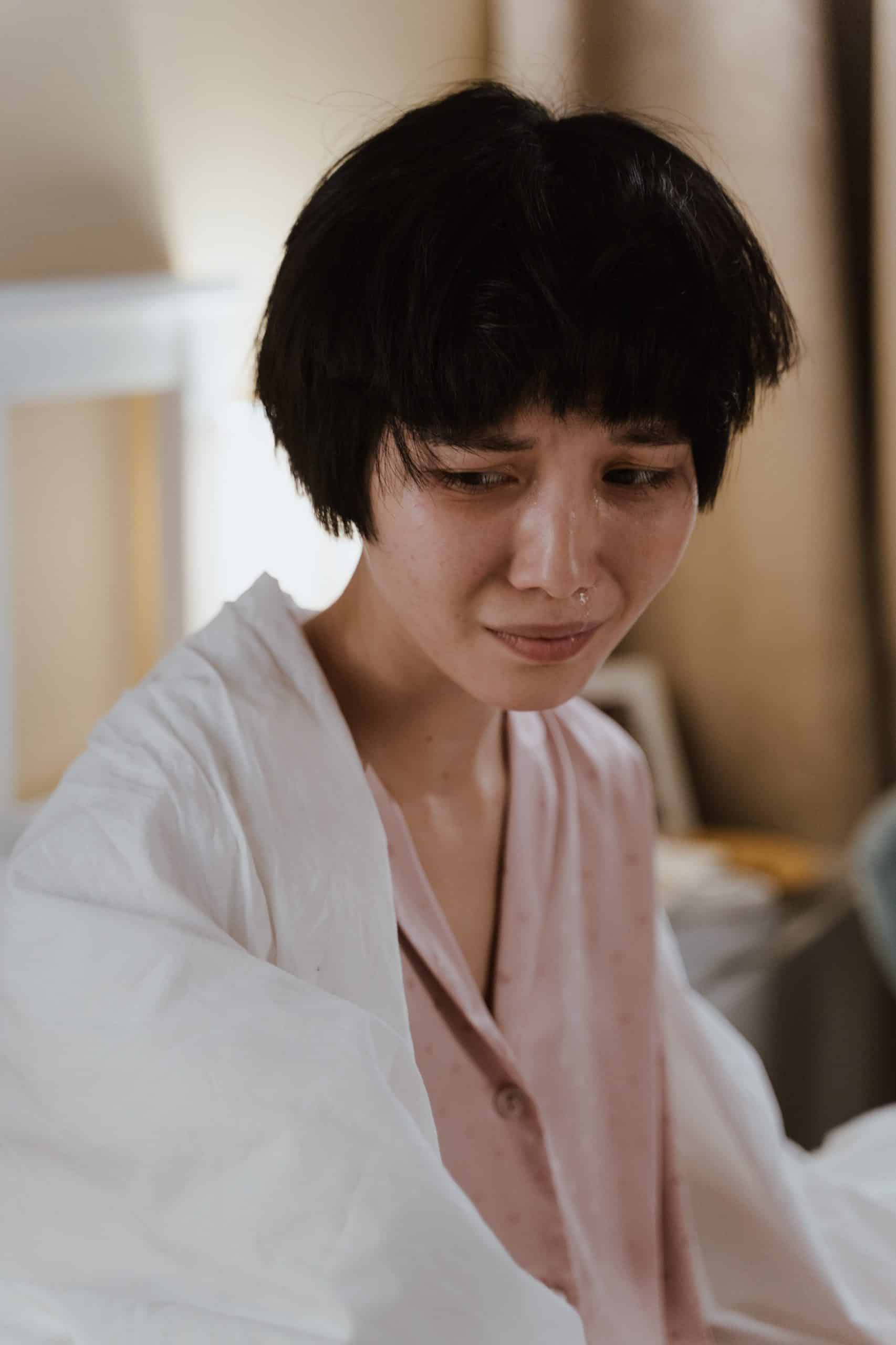People often associate crying with terms such as “weak” and “emotional”, and as a result hide their tears. It is not uncommon for individuals who present in therapy to be embarrassed by and apologetic about their own tears, and to quickly dismiss them. Why are we so uncomfortable with tears when they are part of our physiology?
Be it societal stigma or family environment we are brought up in, seeing someone in tears can bring about a certain level of intensity that is immobilising and can create a sense of helplessness. This may stem from the helplessness we sometimes experience with our own distress, accompanied by the need to remove or “get rid” of them.
From teary-eyed to full-on sobbing, crying marks the beginning of life and continues through to adulthood, occurring in our most significant events to ordinary ones. Newborns enter the world without language ability, relying solely on non-verbal ways of communicating their needs, and crying is crucial for this function (Vingerhoets, Cornelius, van Heck & Becht, 2000). Similarly individuals unable to cry have been found to have difficulties identifying and communicating their feelings (van Leeuwen et al., 2012).
Crying has been found to be beneficial to one’s physiological and psychological health; it is cathartic in that it creates a release of tension while producing feelings of relief (Cornelius, 2001). Conversely, holding back tears can be damaging to the body and mind (Cornelius, 2001). We cry in a variety of situations that evoke emotions including anger, joy, sadness, relief and feeling touched. Even if we may not fully make sense of the tears at the moment they arise, they exist for a reason, as a window into our internal world and innermost feelings.
The experience of emotions and to be in tears are part of being human. Tears articulate what words sometimes cannot, and can reveal more than what one is consciously aware of. They can provide an entry to a deeper understanding on the interaction between our thoughts and feelings, and tell a story unique to the individual. Rather than fighting or controlling our tears, only by being authentic with our- selves and emotions, can we begin to understand what that story is and the meaning behind it.
We may not be comfortable exposing ourselves to others, but to deprive ourselves of the space to share and connect with others on a deeper level is unfair to ourselves and no different from dismissing ourselves in the process. Rather than be in a rush to “stop crying”, it would be of value to tune in to our tears as clues to illuminate what is going on internally for us. Crying may look like a weakness, but when we have the capacity to be vulnerable with our tears and our feelings, it is actually very strong.
References
Cornelius, R.R. (2001). Crying and catharsis. In A.J.J.M. Vingerhoets & R.R. Cornelius (Eds.), Adult crying: A biopsychosocial approach (pp. 199–212). Hove, UK: Routledge.
Van Leeuwen, N., Bossema, E. R., van Middendorp, H., Kruize, A. A., Bootsma, H., Bijlsma, J. W., et al. (2012). Dealing with emotions when the ability to cry is hampered: emotion processing and regulation in patients with primary Sjögren’s syndrome. Clinical and Experimental Rheumatology, 30(4), 492-498.
Vingerhoets, A. J. J. M., Cornelius, R. R., van Heck, G. L., & Becht, M. C. (2000). Adult crying: A model and review of the literature. Review of General Psychology, 4(4), 354-377.
Yeow May is a member of A Space Between. This article is also published on her blog. To find out more about how to access Yeow May’s services, please visit our therapist directory.
Tan Yeow May is a clinical psychologist with over 8 years of experience working with adolescents and adults across a variety of Government and Community settings in Western Australia and Singapore. This includes individuals within in- and out-patient hospitals, rehabilitation centres, and in prison settings. She works primarily from dynamically oriented and attachment based approaches, where her focus is on addressing underlying issues that often mask as problematic symptoms. She believes in the value of attending to core issues and the context with which one’s distress develops, lest they remain under- or unprocessed, creating other problems that can manifest in various ways later in life.

I am a clinical psychologist with over 8 years of experience working with adolescents and adults across a variety of Government and Community settings in Western Australia and Singapore. This includes individuals within in- and out-patient hospitals, rehabilitation centres, and in prison settings. I work primarily from dynamically oriented and attachment based approaches, where my focus is on addressing underlying issues that often mask as problematic symptoms. I believe in the value of attending to core issues and the context with which one’s distress develops, lest they remain under- or unprocessed, creating other problems that can manifest in various ways later in life.




